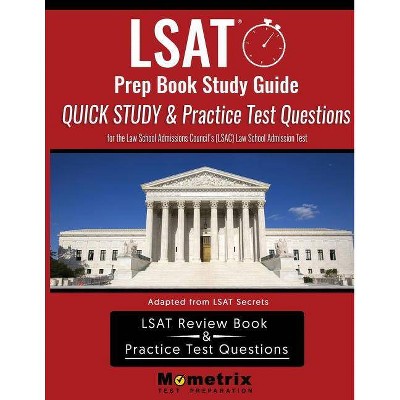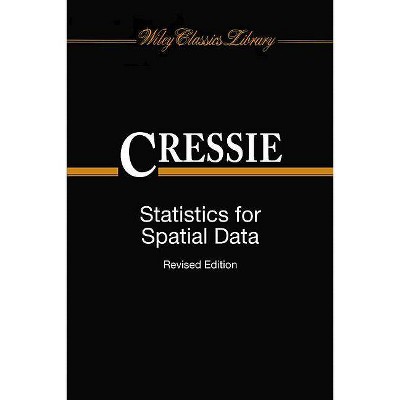Modeling the Interplay Between Human Behavior and the Spread of Infectious Diseases - by Piero Manfredi & Alberto D'Onofrio (Hardcover)

Similar Products
Products of same category from the store
AllProduct info
<p/><br></br><p><b> About the Book </b></p></br></br>This book surveys the growing research area of modeling the influence of information-driven human behavior on the spread and control of infectious disease, including behavioral changes in response to global threats, and pseudo-rational opposition to vaccines.<p/><br></br><p><b> Book Synopsis </b></p></br></br><p>This volume summarizes the state-of-the-art in the fast growing research area of modeling the influence of information-driven human behavior on the spread and control of infectious diseases. In particular, it features the two main and inter-related "core" topics: behavioral changes in response to global threats, for example, pandemic influenza, and the pseudo-rational opposition to vaccines. In order to make realistic predictions, modelers need to go beyond classical mathematical epidemiology to take these dynamic effects into account.</p><p>With contributions from experts in this field, the book fills a void in the literature. It goes beyond classical texts, yet preserves the rationale of many of them by sticking to the underlying biology without compromising on scientific rigor. Epidemiologists, theoretical biologists, biophysicists, applied mathematicians, and PhD students will benefit from this book. However, it is also written for Public Health professionals interested in understanding models, and to advanced undergraduate students, since it only requires a working knowledge of mathematical epidemiology.</p><p/><br></br><p><b> From the Back Cover </b></p></br></br><p>This volume summarizes the state-of-the-art in the fast growing research area of modeling the influence of information-driven human behavior on the spread and control of infectious diseases. In particular, it features the two main and inter-related "core" topics: behavioral changes in response to global threats, for example, pandemic influenza, and the pseudo-rational opposition to vaccines. The motivation comes from the fact that people are likely to change their behavior and their propensity to vaccinate themselves and their children based on information and rumors about the spread of a disease. As a consequence there is a feedback effect that may deeply affect the dynamics of epidemics and endemics. In order to make realistic predictions, modelers need to go beyond classical mathematical epidemiology to take these dynamic effects into account.</p><p>With contributions from experts in this field, the book fills a void in the literature. It goes beyond classical texts, yet preserves the rationale of many of them by sticking to the underlying biology without compromising on scientific rigor. Epidemiologists, theoretical biologists, biophysicists, applied mathematicians, and PhD students will benefit from this book. However, it is also written for Public Health professionals interested in understanding models, and for advanced undergraduate students, since it only requires a working knowledge of mathematical epidemiology.</p><p/><br></br><p><b> Review Quotes </b></p></br></br><br><p>From the reviews: </p><p>"Anyone interested in infectious disease modeling would benefit. Written by experts in the field, it is easily accessible even to those with only the most cursory introduction to modeling and mathematical epidemiology. The book focuses on modeling behavioral changes in response to infection dynamics. ... This is a timely addition to the existing infectious disease modeling library. It would be an excellent textbook for any modeling course ... ." (Margaret L. Chorazy, Doody's Book Reviews, April, 2013)</p><br>
Price History
Price Archive shows prices from various stores, lets you see history and find the cheapest. There is no actual sale on the website. For all support, inquiry and suggestion messagescommunication@pricearchive.us




















